Trees for Birds
If you love birds, and you plant trees or shrubs this spring, please choose native plants.
Songbird nestlings grow fat and healthy on caterpillars, the larvae of moths and butterflies. If you care about birds, this is worth knowing. By planting trees with leaves that caterpillars like to eat, your yard can become an avian buffet.
This means planting native trees. Entomology professor Douglas Tallamy, in his acclaimed book Bringing Nature Home, revealed the stunning differences in caterpillar production between native trees and European or Asian imports.
One jaw-dropping comparison is between Asian gingko and native oak. Three species of caterpillars in North America have been found feeding on gingko, while over 500 have been found on oak.
Anecdotally I’ve seen this contrast in my own yard. I once had a large Norway maple. Its foliage remained largely untouched through the growing season. Most caterpillars and other insects obviously couldn’t eat the leaves. My Norway maple was about as bug-friendly as a plastic house plant.
Even more immune to insect attack, and consequently even further removed from any meaningful ecological connections, were two magnolia trees. Their foliage was perfectly pristine – always.
The leaves on my native red oak, white birch and white elm by contrast were blemished and perforated by insects. This, understand, is not a sign of impending doom for a tree, but testimony that the tree is contributing to ecological health.
In the April 2017 issue of BirdWatching magazine, Marina Ritchie compared native trees to “overflowing, self-replenishing bird feeders” and non-native trees to empty feeders “with no refills in sight.”
So if you love birds, and you plant a tree this spring, please choose a self-replenishing bird feeder. Let’s help fill the larders of our precious songbirds.
Superb trees for caterpillars include oaks, black cherry, native willows, birch and poplar. See www.bringingnaturehome.net/what-to-plant.html for a complete list. And head over to the Not So Hollow Farm Native Plant Showcase, to find out more about native plants in the hills.
Related Stories
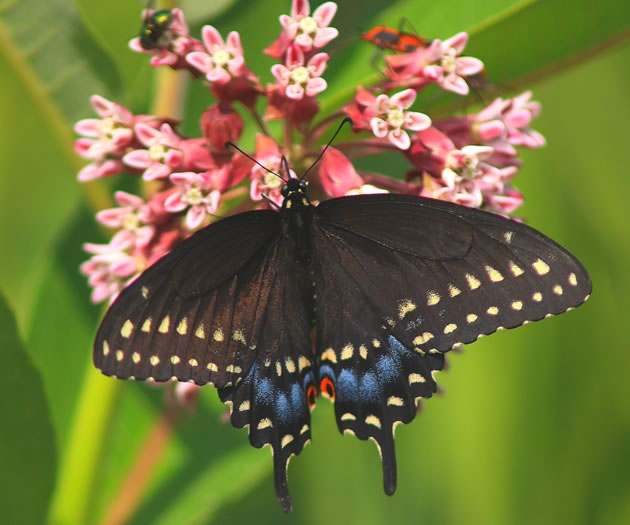
Butterflies
Jul 8, 2015 | | Notes from the WildButterflies are some of the most beautiful and interesting creatures on earth and can be easily attracted to your garden.
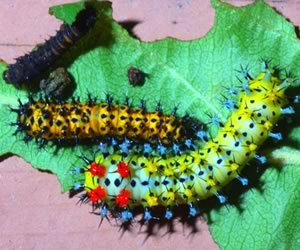
Cecropia Moths Stir Like Phantoms in the Twilight
Jun 5, 2010 | | Notes from the WildCecropia moths: Strange and wonderful phantoms of the twilight world.
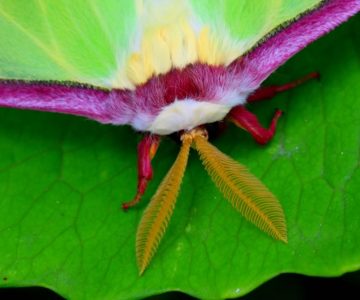
Luna Moths
Jun 8, 2011 | | Notes from the WildIf you have seen a luna moth recently in Headwaters please let us know.
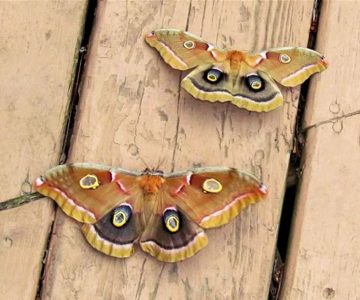
Polyphemus Moths
Jun 24, 2012 | | Notes from the WildMoth communication hints at the wealth of cryptic messaging all around us.

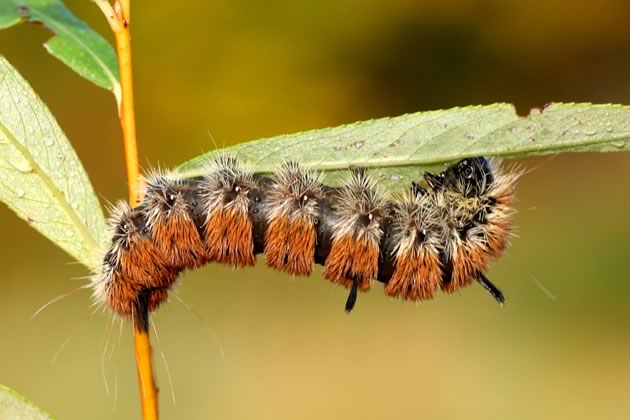
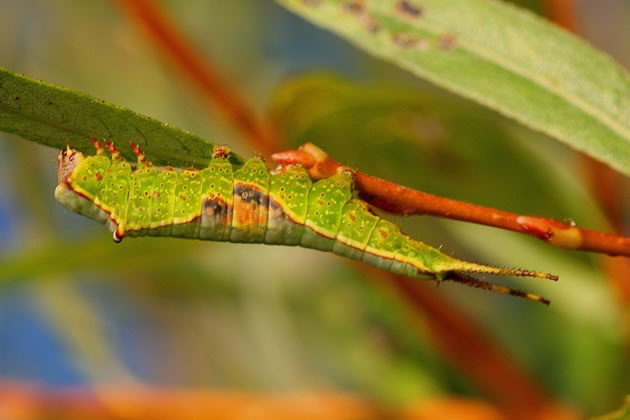
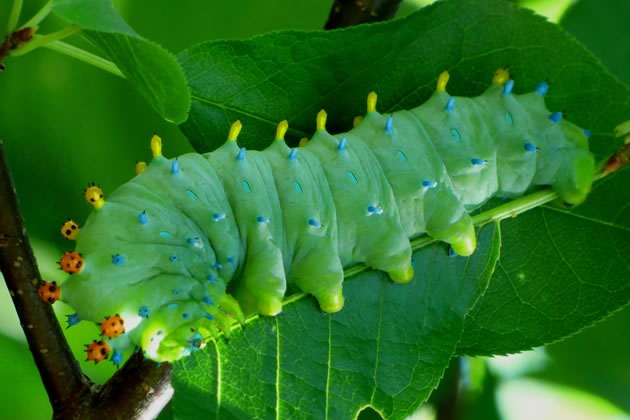
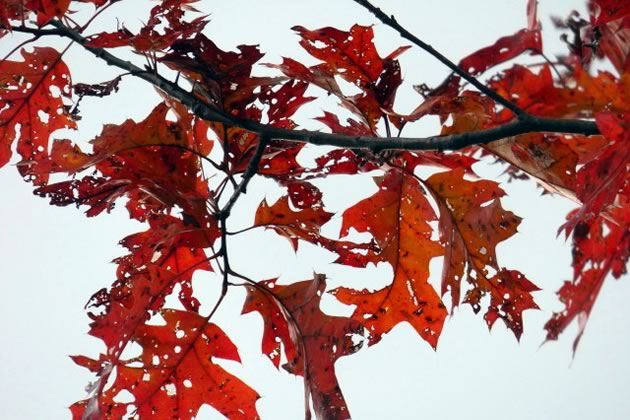
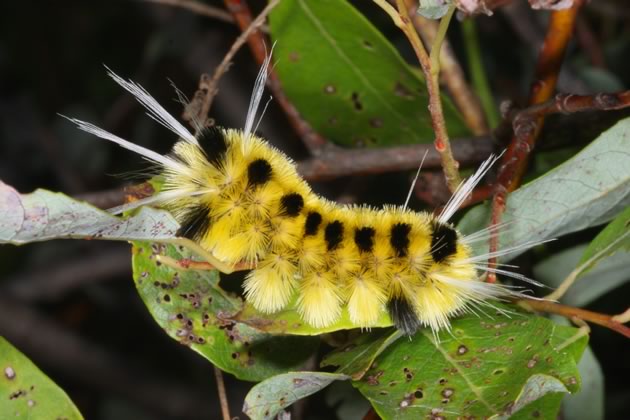







Good to hear from you Murray. It’s been awhile.
Thanks for this feedback. To be honest, I wondered as well, in the early days of writing for In The Hills, if I’d run out of topics. But I’ve found the natural world a source of endless inspiration and hope the well won’t run dry for a while yet.
I was fortunate to have the opportunity to share my love of nature with the students at Sir John A. Macdonald in Brampton. It was a saving grace some days as well – even a challenging kid couldn’t resist a smile with a butterfly perched on his nose!
I salute you too Murray for the unconventional way you taught your grade seven history classes. You brought history alive for those students with role playing and mock battles, including one time, I remember, that may have included a misadventure with some gunpowder!
All the best,
Don
Don Scallen on Apr 12, 2017 at 10:04 pm |
Don,
Thank you so much for your continuing articles on our local and natural surroundings. I remember wondering so many years ago, after you had covered mammals, birds and fish what could possibly be left. You continue to show your readers that there are no limits to what we can learn about the bounty in our own hills.
I read about vernal pools while waiting for a doctor’s appointment recently, and looked around the waiting room wishing that I could announce proudly to those present that I had worked with Don Scallen. A different audience, sure, but still teaching science.
Thanks, Don
Murray Elliot
Murray Elliot on Apr 12, 2017 at 9:50 am |